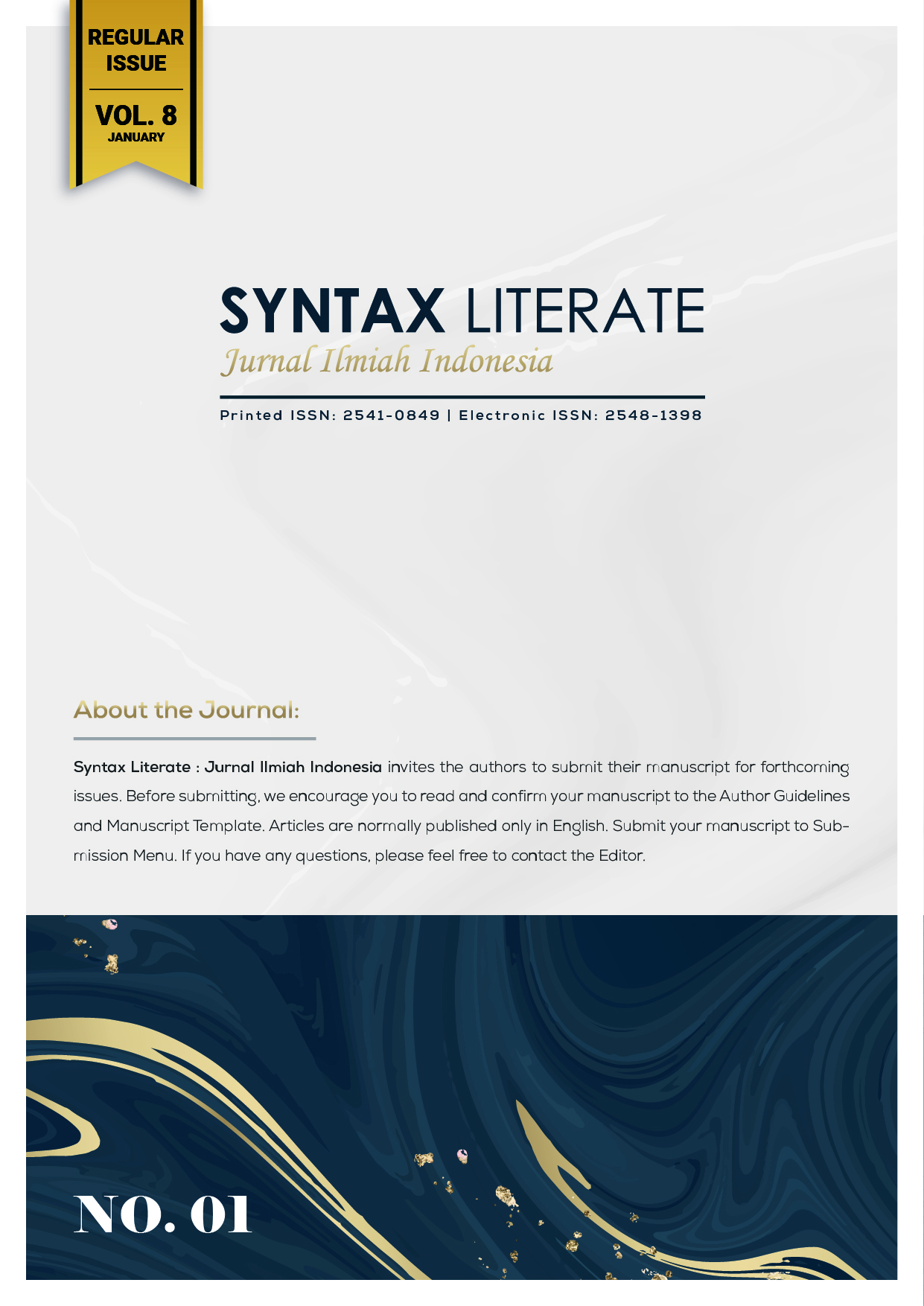The Impact of Remittance of Dayak Migrant Workers on Socio-Economic Conditions: Evidence from West Kalimantan, Indonesia
Abstract
The purpose of this study was to explore the impact of remittance on the socio-economic conditions of Dayak communities in West Kalimantan, Indonesia, including social economic life before, during, and after becoming a migrant worker in Malaysia. seven of the 50 Dayaks were pleased to be interviewed. Data from semi-structured in-depth interviews, participants recalled their experiences of working in overseas and their shared views on being migrant workers. The interviews were audio-recorded, transcribed and analyzed using a typical method of qualitative content analysis. To strengthen the findings of the interview, seven neighbors were also interviewed. The findings of the study show that the lives of the Dayak workers before becoming migrant workers were all lacking, they were still not able to meet the family's needs. However, when he became a migrant worker, his soci-economic life became better. During working in Malaysia, it is not as smooth as expected, they are imprisoned and even deported because they do not have official permission. because, they did not return to being workers, and chose to become entrepreneurs and oil palm farmers in their villages.
Downloads
References
Danzer, A. M., & Dietz, B. (2018). The economic and social determinants of migrants’ well-being during the global financial crisis. Available at SSRN 3111145.
Gill, M. J. (2014). The possibilities of phenomenology for organizational research. Organizational Research Methods, 17(2), 118–137.
Kapiszewski, A. (2017). Arab versus Asian migrant workers in the GCC countries. In South Asian migration to gulf countries (pp. 66–90). Routledge India.
Li, S., & Zhao, P. (2018). Restrained mobility in a high-accessible and migrant-rich area in downtown Beijing. European Transport Research Review, 10, 1–17.
Lim, S., & Basnet, H. C. (2017). International migration, workers’ remittances and permanent income hypothesis. World Development, 96, 438–450.
Malc, D., Mumel, D., & Pisnik, A. (2016). Exploring price fairness perceptions and their influence on consumer behavior. Journal of Business Research, 69(9), 3693–3697.
Mas’ udah, S. (2020). Remittances and lifestyle changes among Indonesian overseas migrant workers’ families in their hometowns. Journal of International Migration and Integration, 21, 649–665.
Meyer, D., & Shera, A. (2017). The impact of remittances on economic growth: An econometric model. EconomiA, 18(2), 147–155.
Morris, M. E., Brown, J., Nurius, P., Yee, S., Mankoff, J. C., & Consolvo, S. (2022). “I Just Wanted to Triple Check... They were all Vaccinatedâ€: Supporting Risk Negotiation in the Context of COVID-19. ACM Transactions on Computer-Human Interaction.
Owen, G. T. (2014). Qualitative methods in higher education policy analysis: Using interviews and document analysis. The Qualitative Report, 19(26), 1.
Pryce, J., Lee, W., Crowe, E., Park, D., McCarthy, M., & Owens, G. (2019). A case study in public child welfare: County-level practices that address racial disparity in foster care placement. Journal of Public Child Welfare, 13(1), 35–59.
Ratha, D. (2013). The impact of remittances on economic growth and poverty reduction. Policy Brief, 8(1), 1–13.
Said, R., Jamaludin, S., Ismail, N. W., Nor, N. M., & Yong, C. C. (2021). Measuring mismatch unemployment in the Malaysia labour market. International Journal of Economic Policy in Emerging Economies, 14(3), 227–247.
Topxhiu, R., & Xhelili, F. (2016). The Role Of Migrant Workers Remittances In Fostering Economic Growth: The Kosovo Experience. Romanian Economic Journal, 19(61).
Copyright (c) 2023 Pitalis Mawardi Baging

This work is licensed under a Creative Commons Attribution-ShareAlike 4.0 International License.











